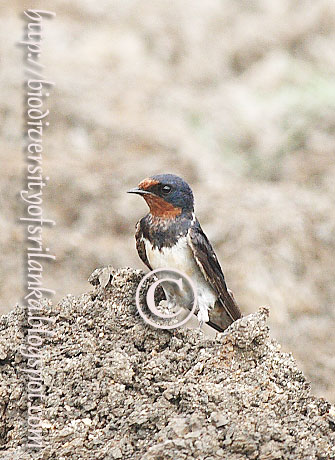Brown-headed Gull is probably the most common gull of the island, which is abundant in northern coastal and lagoon areas during winter and rarely found in other coastal areas such as South-eastern part of the country. There are some summer loiters as well. It is gregarious and flocks can be seen resting on the water close to beach. It scavenges in harbours and also follows ships for ‘easy food’ thrown overboard from them. Brown-headed gull can be easily distinguished from other gulls by dark-tipped red bill and black wing tips with two white spots near the edge visible when flight. Brown hood appears of breeding birds by the end of March.
සිංහලෙන් කියවන්න >>




















